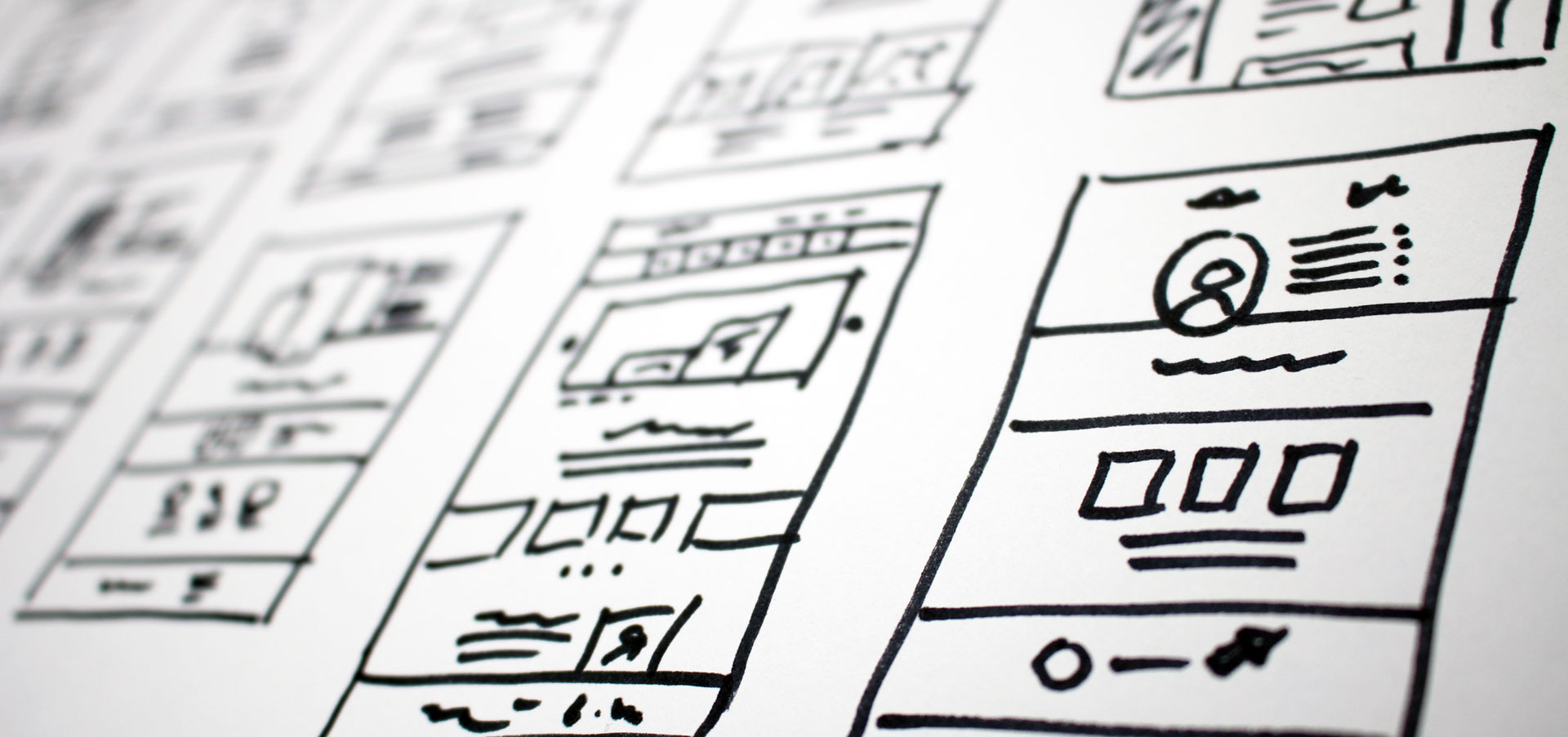A website audit is a high-level analysis of your winery’s site that examines various factors related to its health and effectiveness. The goal of an audit is to help you determine the biggest opportunities for improvement on your website by finding its weak points.
An assortment of professional tools are used in an audit, coupled with the skill of an experienced auditor who puts together the final report. The word “auditor” might make you think about taxes, but don’t worry – website audits are a positive thing.
Why do I need a website audit?
Website audits are an important first step in the process of a new website project or a redesign. It’s critical to know the details of an audit before any work is done on your website, because with that data you can measure performance going forward. It also allows us to examine which parts of your website and marketing DON’T need fixing. You know what they say about things that aren’t broken 😉
Aside from that, they’re also useful to perform when you’re wondering if your website could use an upgrade.

What kinds of things are examined?
Honestly, it’s a long, complicated list of things, the importance of which may not be immediately clear. I’ll do my best to explain each top-level idea in the simplest way.
» Mobile-Friendliness
This refers to the way your website looks when viewed on a smartphone. If it’s not optimized for mobile phones and rendered unusable, not only are you turning away an outrageous amount of your visitors, but Google will rank your site lower in the search results as well.
There’s more to it than just “does my site look right on a smartphone?” There are some subtle things you can do to greatly enhance the user experience (UX) for your website’s mobile design, and a good winery website audit will point them out.
» Speed Testing
How fast your website loads is important because people on the internet are kind of impatient. You have 3 seconds before 40% of your visitors will jump ship if it’s not finished loading. There are a number of things that help with this, such as caching, minifying, and choosing the best hosting for your winery’s website.
» Website Security
Websites with poor security are sitting ducks on the internet, so we want to inspect how protected your website is from hackers. In this section we examine the presence and integrity of your Secure-Socket Layer (SSL) Certificate, software versions, password management (we won’t ask you for your passwords), and other factors.
» Indexation & Technical Issues
In this part we check for potential errors on your website. Things like broken links, non-indexed pages, and XML sitemaps are just a few examples of some of the things this section examines. If problems are found here, they can contribute to Google not liking your website and your users getting lost.
» UX Audit
A user experience audit, or UX audit, essentially pinpoints the parts of your website’s design that loses you conversions and causes headaches for your users. The goal of a UX audit is to discover how to make it easier for users to use your website, and to highlight design tweaks that will boost conversions (get sales).
» Content Analysis
A content analysis examines the words that are written all across your website. An analysis of your website’s content will highlight things like: content that needs improvement, undiscovered opportunities for content marketing, and which content is ranking / should be ranking for specific keywords.
» Website Analytics
A measurement of your current website statistics (search engine ranking, monthly visitors, sales numbers, ad spend, etc) is made here. This is important so that we can measure your success in the future, and tweak things as needed.
» Social media optimization
This is a review of your winery’s use of social media, including the integration of a Facebook Pixel on your website (super important!) and social signal analysis. Analyzing this data will help you determine future steps not just for your website, but for your social media marketing plan as well.
» On-Page SEO Factors
Search engine optimization (SEO) affects how easy your website is to find with a Google search. Many, many factors affect your site’s SEO, and many of them come directly from the way your website is coded. The proper usage of various HTML tags (such as H1 tags, Title tags, Image Geo-Tagging, Image Alt tags and more) strongly affect this aspect of your website’s health. Analyzing your website’s code for these factors is an integral part of your winery’s website audit.
» Off-Page SEO Factors
There are also factors that occur outside your website that have a very strong impact on your SEO, and therefore, how easy it is to find your website on Google. One major factor is the number and quality of websites that link to your winery’s website (aka “backlinks”). Directory listings are a basic example of a backlink from another site to yours (the directory links to you).
Another important aspect of Off-Page SEO is the setup of your Google My Business (GMB) listing. Google heavily favors businesses that have their GMB optimized properly. This part of the audit analyzes the strength of your winery’s GMB listing, your website’s backlink profile, and other factors.
» Big Name Insights
This is part of the audit has become a popular one because we show you some key statistics for other wineries who have a level of growth you want to achieve. Using professional tools like Ahrefs, SEMRush, Moz and more, we can go “under the hood” of some bigger wineries in your area and see exactly what’s working for them, exposing some serious opportunities for you to do the same.

How long does a website audit take?
It’s a demanding, time-consuming process to perform a website audit that’s any good. Typically the turnaround of a website audit for a winery is about a week, though it can be less or more depending on our workload. For wineries with a large amount of pages and blog posts, it might take a little longer.
There are tools out there that purport to give you technical website audits in a snap and at no cost, but these lack the depth of information and business insight that a real person provides. You won’t get an intelligent UX analysis or insider secrets from the bigger wineries in your area from a free audit tool, for example.
Cheap, quick audits also don’t often consider the ever-changing environment of the web. You tend to get what you pay for, and just as a good audit isn’t a cheap one, neither is a cheap audit a good one.

What happens after a content audit?
After your website audit is complete, we’ll deliver you a highly detailed, easy-to-understand report with our findings and the specific next steps your winery’s needs. As this is typically done in the context of a greater website project, we usually move right into handling those next steps for you. However, we do perform audits as a stand-alone service if desired.

